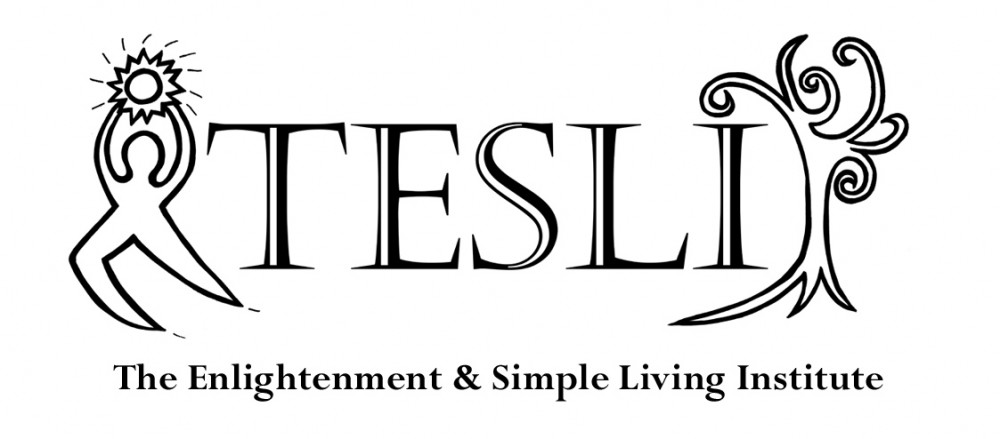Scientific Validation of Herbs Part 5
Read Part 1. Read Part 2. Read Part 3. Read Part 4.
Research Bias: Pharmaceutical Research
We’ve been talking about research that is what I might call “pure” research. Pharmaceutical drugs studies actually fall outside of traditional scientific research channels, so it is best to consider them separately.
Pharmaceutical companies are interested in getting their product okayed by the FDA as a drug. They develop the drug, pay for the studies, and run the studies themselves in conjunction with medical test sites. Their research is inherently biased. The people running the studies are paid by the pharmaceutical company. The data they collect is prepared in house and submitted to the FDA for approval. There is no peer review process where the data is evaluated before publication. Publication of the research is not the objective, the objective is to demonstrate the safety of the drug and that it can be used to treat a certain disease. They are focused on “selling” their drug to the FDA so they can get it on the market. There is an assumption that they are not falsifying data.
Another bias is present in the FDA review process itself. Members of FDA advisory panels are allowed to have financial ties to drug companies and still participate in the approval process. For example, in recent years the contraceptive drugs Yaz and Yasim were implicated in 100 deaths, demonstrated a three-fold increase in blood clot risk, and 12,000 unhappy patients were suing for damages. The FDA finally decided to investigate the drugs. The advisory panel voted 15 to 11 to keep the drugs on the market. Four or five of the panel members had financial interests in the company that produced the drugs. They were all allowed to vote and voted to keep the drug on the market. Another doctor, that had written an article calling for the drugs to be removed from the market, was kicked off the panel for an “intellectual conflict of interest”.
In addition to bias within the advisory panel, it is not uncommon for the FDA staff to have worked in the industry they will be regulating as part of the FDA. Further, key policy makers may also have financial ties to the industry they regulate.
In addition, sometimes drug studies come up with a significant effect that is clinically irrelevant. A hypothetical example might be a drug that significantly reduces cholesterol. That sounds really good until you look at the clinical reality that the drug has a bunch of side effects and the reduction of cholesterol was only 1%. This means if someone has a high cholesterol value of 245 the drug would bring it down to 243. The reduction is actually meaningless and the patient still has high cholesterol.
You might wonder, would a doctor actually prescribe a drug that was so worthless. Maybe. Doctors receive their drug education along with gifts, free samples, and perks from drug companies. They would be told the hypothetical drug is FDA approved for the reduction of cholesterol. Why would they question it further?
The hypothetical situation demonstrates how this might work, but this is exactly what is going on with anti-depressants. It has long been know that anti-depressants work just as well as placebo in patients with mild, moderate and even severe depression. Indeed, they only show true clinical efficacy in patients that are very severely depressed. Yet, doctors still prescribe them. They are expensive placebos with unpleasant side effects.
John Kelley, Antidepressants: Do they “work” or don’t they?, Scientific American, Mar2, 2010.
